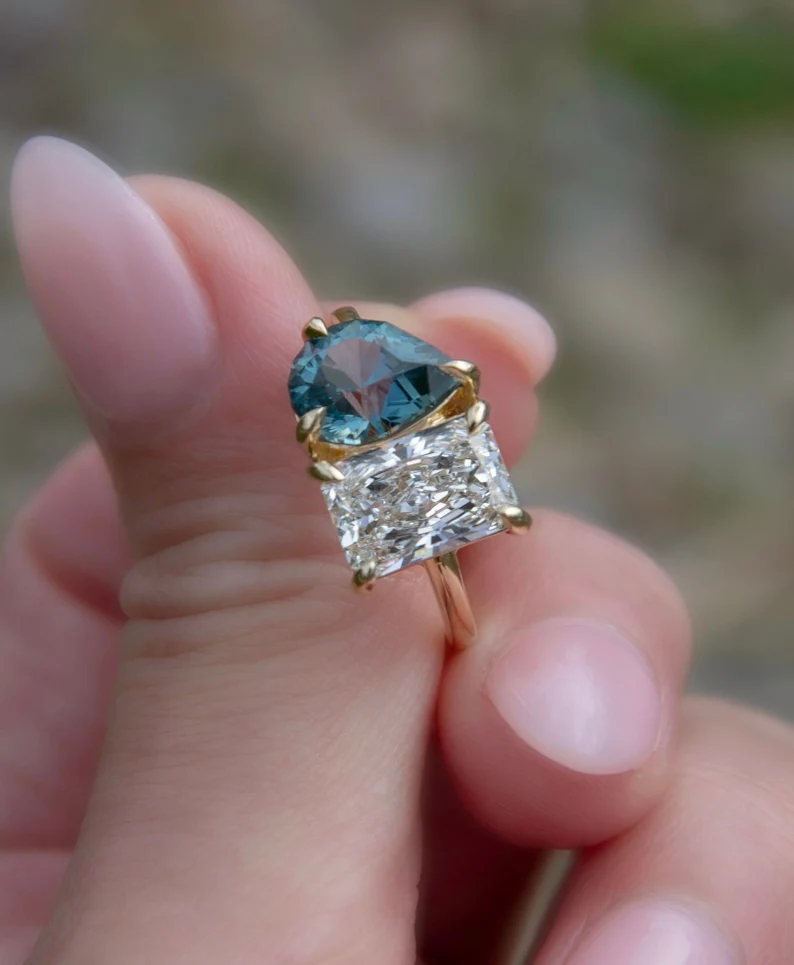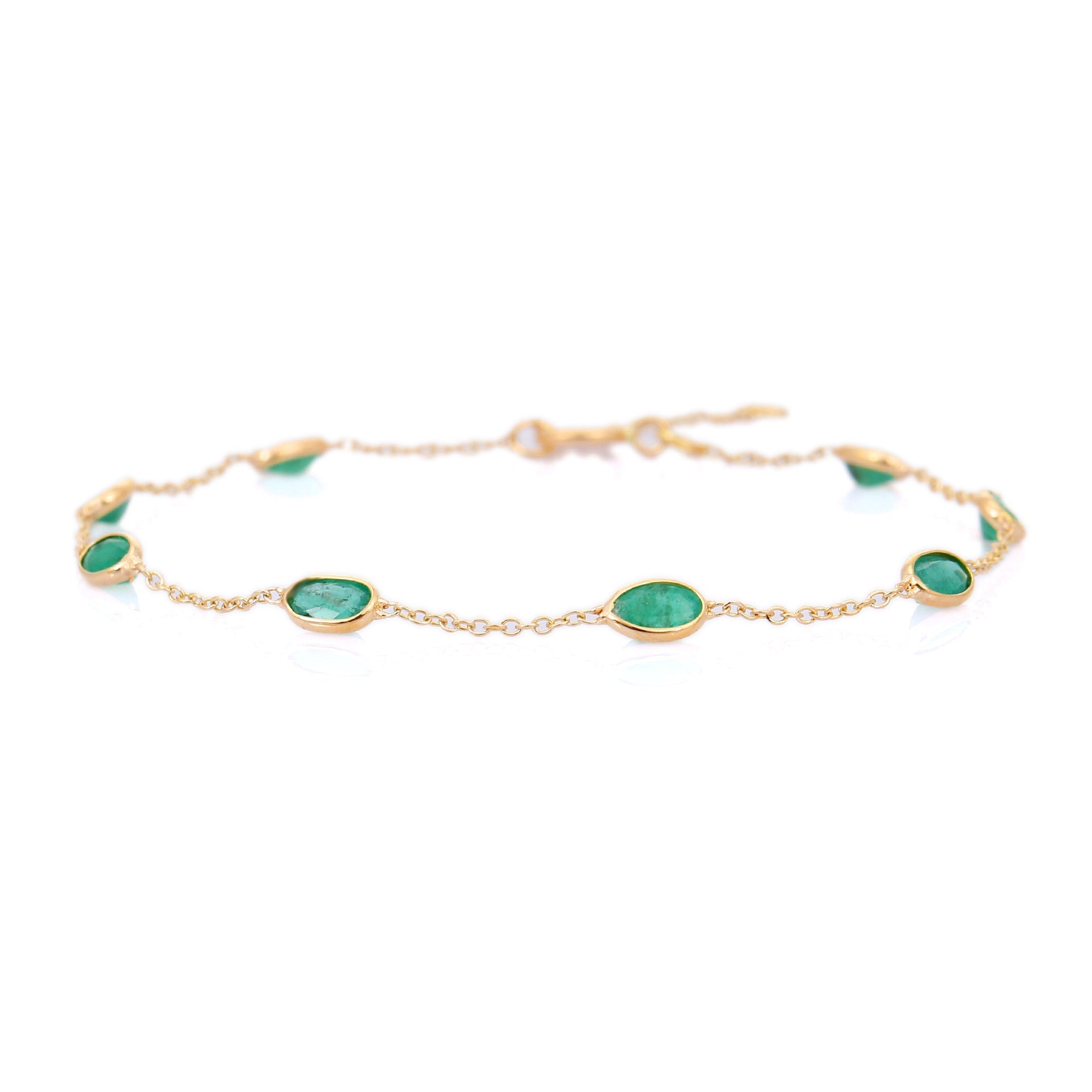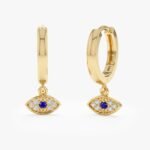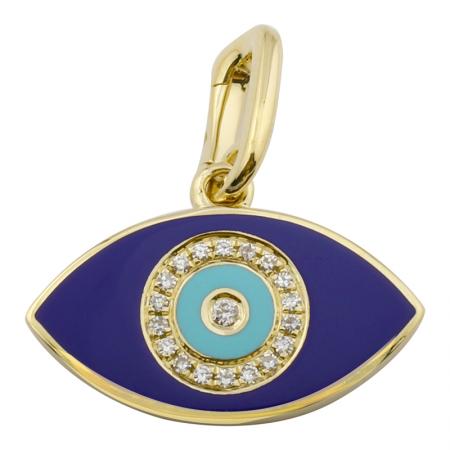Can You Remove a Permanent Bracelet Yourself? Tools vs Trip to Jeweler

A “permanent” bracelet usually means a piece intentionally closed so it cannot be opened by hand. That includes welded bangles, soldered jump rings, or padlock-style bracelets that a jeweler permanently seals. People call them permanent because the designer expects removal only with cutting and reassembly. You can sometimes remove them yourself, but the method you choose should depend on the construction, the metal and stones, and whether you want the bracelet intact afterward.
What makes a bracelet “permanent”?
A bracelet is effectively permanent when the closure is fused or welded so it cannot be opened with normal pliers. Common examples:
- Welded bangle: a continuous ring of metal, often 2–10 mm wide, soldered closed at a seam.
- Soldered jump ring or link: chain links or jump rings melted shut at the seam.
- Soldered padlock or ID plate: clasps or decorative closures that have been soldered closed.
Metals vary. Solid 14k gold (about 58.3% gold) and 18k gold (about 75% gold) are softer than stainless steel and take different cutting approaches. Platinum is tough and dense. Gold-filled or plated pieces behave differently when cut or heated.
When you can remove it yourself — and why
You can safely remove a permanent bracelet yourself when the piece is low value, simple in construction, and you understand the risks. DIY is reasonable if:
- The bracelet is a plain chain with a small welded jump ring and no stones nearby.
- The metal is soft (e.g., 10k–14k gold) and you don’t need the original solder joint preserved.
- You only need to cut once and you accept that reassembly will require professional work if you want it whole again.
Why this matters: cutting a weld can nick stones, remove plating, change the bracelet’s shape, or ruin engraving. If the piece has diamonds or heat-sensitive gems (pearls, opals, emeralds with resin), soldering or grinding near them can cause permanent damage.
Tools and a basic non-destructive approach
If the closure is simply a crimped jump ring that hasn’t been soldered, you can often open it with two pairs of pliers. This preserves the bracelet.
- Tools: two flat-nose pliers, one pair of chain-nose or round-nose pliers, jeweler’s loupe or magnifier, good lighting.
- Method: steady the link with one plier, grip the adjacent part with the other. Twist the two pliers in opposite directions—do not pull apart. This slides the seam open rather than deforming it. Work slowly and gently to avoid kinking a fine chain (1–2 mm links) or opening a jump ring unevenly.
This works when the seam is not soldered. Always inspect the seam under magnification first. If you see melted metal across the seam, it’s soldered and must be cut.
Cutting welded closures: tools, steps, and risks
Cutting a welded closure requires more aggressive tools and creates permanent changes. Typical tools used by experienced jewelers:
- Jeweler’s saw with blades (e.g., 2/0, 3/0) for precise cuts on gold or silver.
- Rotary tool (Dremel) with a thin cutting wheel for harder metals or quick cuts.
- Flush cutters for very soft wires up to ~1.2 mm.
- Small file to smooth sharp edges after cutting.
Steps (general): mark the cut on the underside if possible, secure the bracelet in a bench vise or third-hand, cut slowly, and file burrs. If you plan to have it rejoined, leave straight, flat faces for soldering and avoid over-filing the ends.
Risks: a rotary wheel can spray hot metal filings and generate heat. Heat can crack or fog nearby gems. Cutting steel or hard alloys is noisy and can slip and gouge the metal, leaving an uneven seam that’s hard to solder later. Plated finishes will be permanently compromised at the cut.
Emergency removal for a stuck wrist
If the bracelet is stuck because your hand or wrist is swollen, try non-destructive methods first. Cutting should be the last resort.
- Reduce swelling: raise the hand above the heart for 10–15 minutes or apply ice for 10 minutes to shrink tissues.
- Lubricate: use soapy water, baby oil, or a water-based lubricant. Rotate the bracelet while pulling gently.
- String/Floss method: slide dental floss or thin ribbon under the bracelet. Wind floss tightly from wrist toward the fingers, then unwind from the bracelet side so the bracelet slides over the compressed tissue. This is often effective and avoids cutting.
If circulation is compromised (numbness, severe pain, blue fingers), seek medical help immediately. Emergency departments and fire departments can cut metal safely.
Why a jeweler is usually the better choice
A professional jeweler offers controlled cutting, expert soldering, and finishing. They can:
- Cut and re-solder the piece so the repair is strong and polished.
- Protect stones from heat with clamps or heat sinks and choose solder with a correct melt temperature for the alloy.
- Preserve hallmarks, engravings, and the original finish when possible.
Cost examples you can expect (varies by region and jeweler):
- Simple opening/resecuring of a jump ring: $15–$50.
- Cutting a welded bangle and re-soldering: $50–$200, more for platinum or complex finishes.
- Emergency cut only (no reassembly): $10–$60 at a local shop or ER/fire department assistance may be free or low-cost in urgent cases.
Choose a jeweler for sentimental pieces, high-carat gold (14k–22k), platinum, or any bracelet with set stones near the seam. They control heat, use appropriate solder (matching color and melt point), and can re-finish the join so it’s discreet.
Bottom line
You can remove some “permanent” bracelets yourself if the closure is unsoldered and the piece is low value. Use two pliers to twist open jump rings and the floss method for a stuck wrist. For welded closures, high-value metals, or set gemstones, take the bracelet to a jeweler. Cutting and soldering require the right tools and experience to avoid permanent damage and to get a clean, safe repair.




